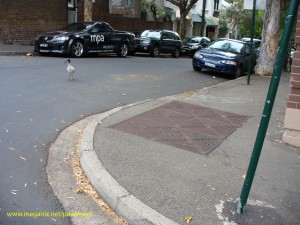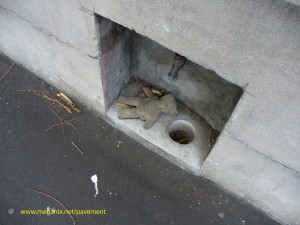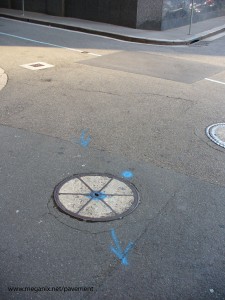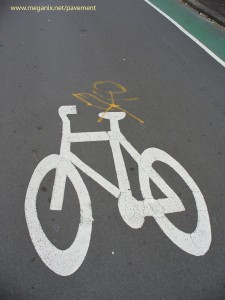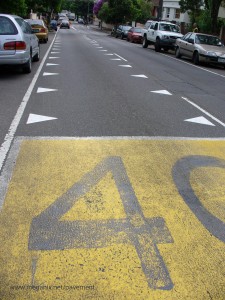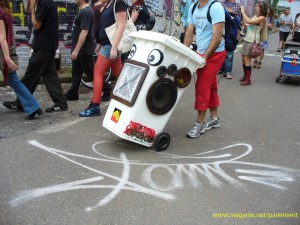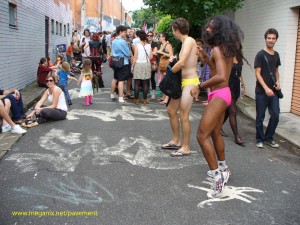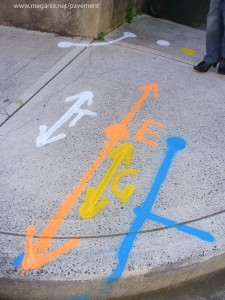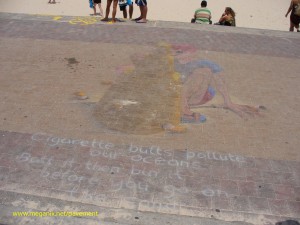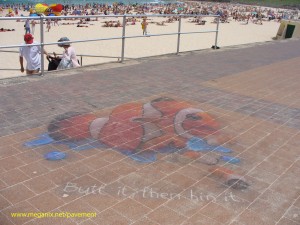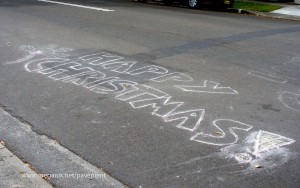In the ten years since I became obsessed with pavement inscriptions I’ve taken hundreds of photographs. With so many to choose from it’s not too hard to find examples to illustrate any point I might want to make when I write about the pavement as a medium for expression.
But what if I took a walk on an arbitrary route from an arbitrary starting point and photographed every picture, sign and scribble on the pavement along the way? Would that series of unselected inscriptions unfold as a coherent story?
I tried this as an experiment for the Open Fields forum at UTS (University of Technology, Sydney). I started in Surry Hills at a street with a very common name, Smith Street, and took a zig-zag route in a direction away from the centre of the city. I got as far as Waterloo, only about 2 km as the ibis flies, but I had taken more than 3 hours and photographed around 150 pavement inscriptions.
I made a slide show of these Unselected readings in the order in which I found them. But here’s a confession: although I stuck to my arbitrary rules for the day pretty well, I did stop photographing every manhole cover and every wet cement inscription, because there were so many of them.
What did I find out from this experiment? Well, perhaps I will talk about that in future blog entries.
